 Perma-Chink Systems, Inc
Log & Timber Home Care Experts
Perma-Chink Systems, Inc
Log & Timber Home Care Experts
What exactly is “back-brushing” and why is it so important? Back-brushing is the term used to describe the process of working the finish into the wood and obtaining an intact, uniform film over the entire surface. Typically used when applying stain with an airless sprayer; however, back-brushing is just as important if the product is manually applied with a brush.
We often get asked if it is acceptable to apply our Lifeline™ finish systems over an existing oil-based or petroleum stain. It would be nice if there was a simple yes or no answer to this question, but there is not. It depends on a number of factors, including how many coats have been applied, how long the stain has been on the walls, and which oil-based or petroleum stain is present on the wood surface. In general, it is ALWAYS best to remove an existing competitive finish before applying Lifeline.
Wood-boring beetles can be found all across the United States. There are several types of beetles that can be considered "wood-boring” beetles. Often referred to as “wood worms” or “powder post beetles,” wood-boring beetles are responsible for damage to structural wood, second only to termites.
Wood-boring beetles are difficult to control once an infestation has begun. Therefore, prevention is the best management method. Great NEWS: the treatment for all types of wood-boring beetles is the same.
Deck Stain for Decks, Railings, and Fencing
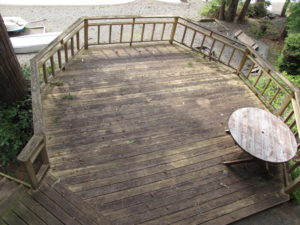
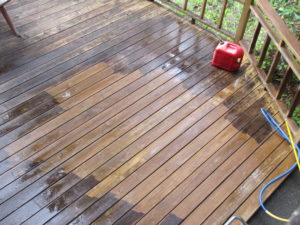
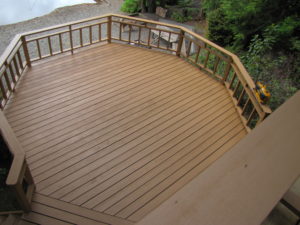
Deck Defense™ has been one of the most successful new products Perma-Chink Systems has introduced. An amazing hybrid finish, it can transform your deck into a beautiful masterpiece. Designed specifically for horizontal surfaces like decks, porches, handrails, and fences, the best deck finish you could hope for is Deck Defense.
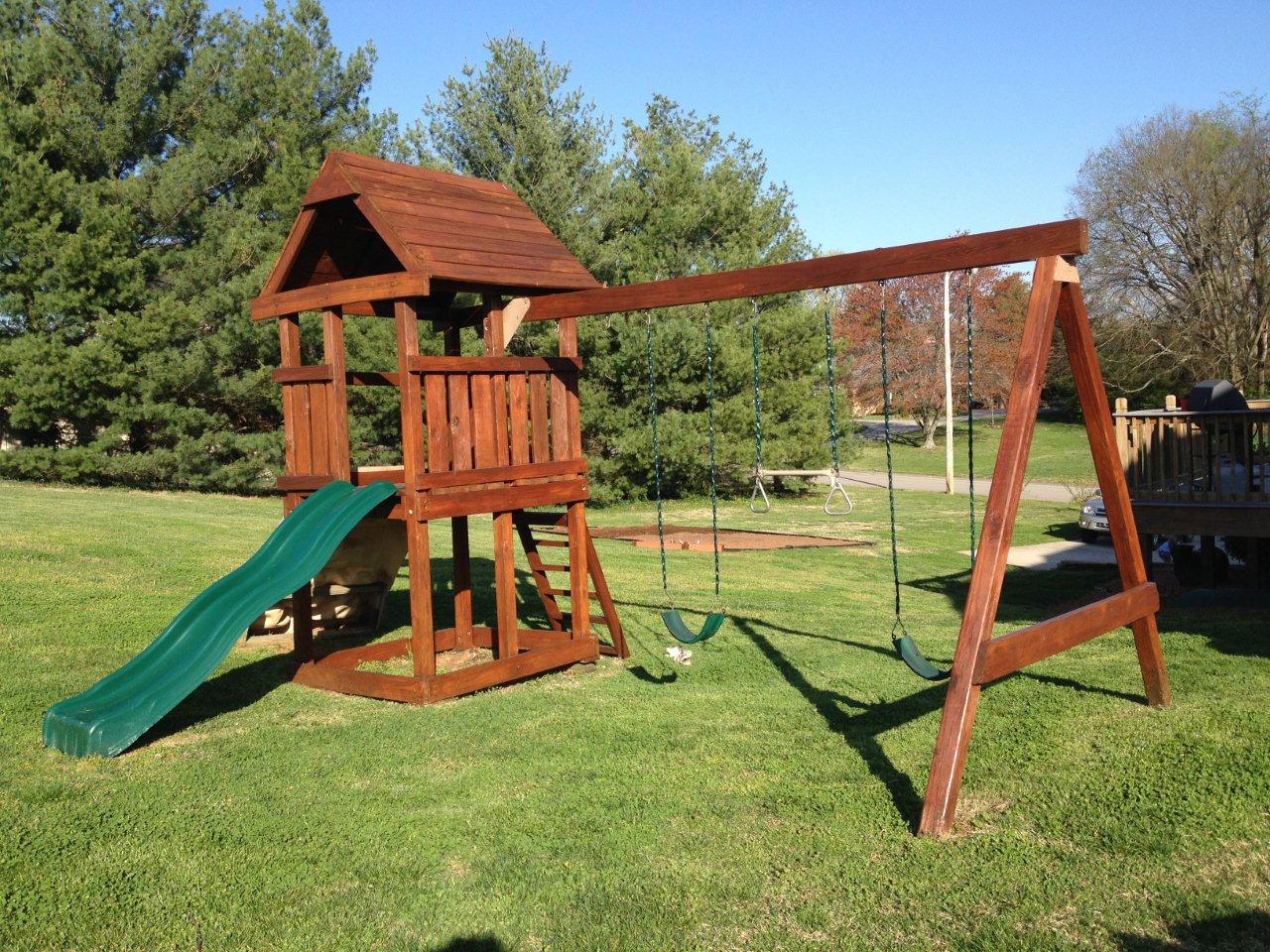 Lifeline™ Ultra-7 is the most durable exterior wood stain that Perma-Chink Systems has ever developed. After multiple exposure tests in harsh-weather areas across the country (think snow country, the sunny southeast and extreme mountain locations), Lifeline Ultra-7 stands out as THE top-of-the-line, long-lasting wood finish. The secret behind its durability is Lifeline Ultra-7’s state-of-the-art resin that creates a tough, yet flexible and breathable finish on your home’s logs. Perhaps more importantly than Ultra-7's strength is the resin, which ensures that the finish is continuous, providing protection from holes and gaps that might otherwise develop with lower-quality finishes. In addition, Ultra-7 has unsurpassed adhesion to wood.
Lifeline™ Ultra-7 is the most durable exterior wood stain that Perma-Chink Systems has ever developed. After multiple exposure tests in harsh-weather areas across the country (think snow country, the sunny southeast and extreme mountain locations), Lifeline Ultra-7 stands out as THE top-of-the-line, long-lasting wood finish. The secret behind its durability is Lifeline Ultra-7’s state-of-the-art resin that creates a tough, yet flexible and breathable finish on your home’s logs. Perhaps more importantly than Ultra-7's strength is the resin, which ensures that the finish is continuous, providing protection from holes and gaps that might otherwise develop with lower-quality finishes. In addition, Ultra-7 has unsurpassed adhesion to wood.
There are two kinds of wood – wood that is rotten, and wood that one day will be rotten. This statement may seem a bit extreme, but it is a fact. Wood is a product of nature and its nature is to return to the earth in a natural process. As professional log home contractors, it is our job to ensure that wood used in the construction of log homes lasts for many years.
Borates have been used to preserve wood for many years, and because people have lately become more concerned with the toxicity of products used in their homes, it has steadily grown in popularity. We will discuss the use of borates to preserve log homes in detail.
What are borates and how do they work?
Simply put borates or borax are naturally-occurring water-soluable salt-like acids. They are about as toxic as table salt to humans and pets but kill wood-consuming insects like termites, powder-post beetles, and old house borers. More importantly, it kills the wood destroying microorganisms that cause rot.
Rot in log or conventional homes causes hundreds of times more damage to homes every year than damage by insects.
For borates to be effective, they must be actually eaten by an organism. Borates are not effective against carpenter bees because they do not actually consume wood – they just chew it. Interestingly enough, consuming borates does not instantly kill termites or other wood destroying insects. It does however kill the bacteria in their digestive system. These bacteria actually help the insect digest the cellulose fibers that make up a piece of wood. Without these bacteria, the insects die of starvation. Funny how nature works.
One or Two Coat Log Stains? Warranty and Color Choices to Consider for Your Log Home Stain.
It does happen occasionally. A customer will call and asks, “Which wood stain should I choose?” We’re glad you called because we’re here to help.
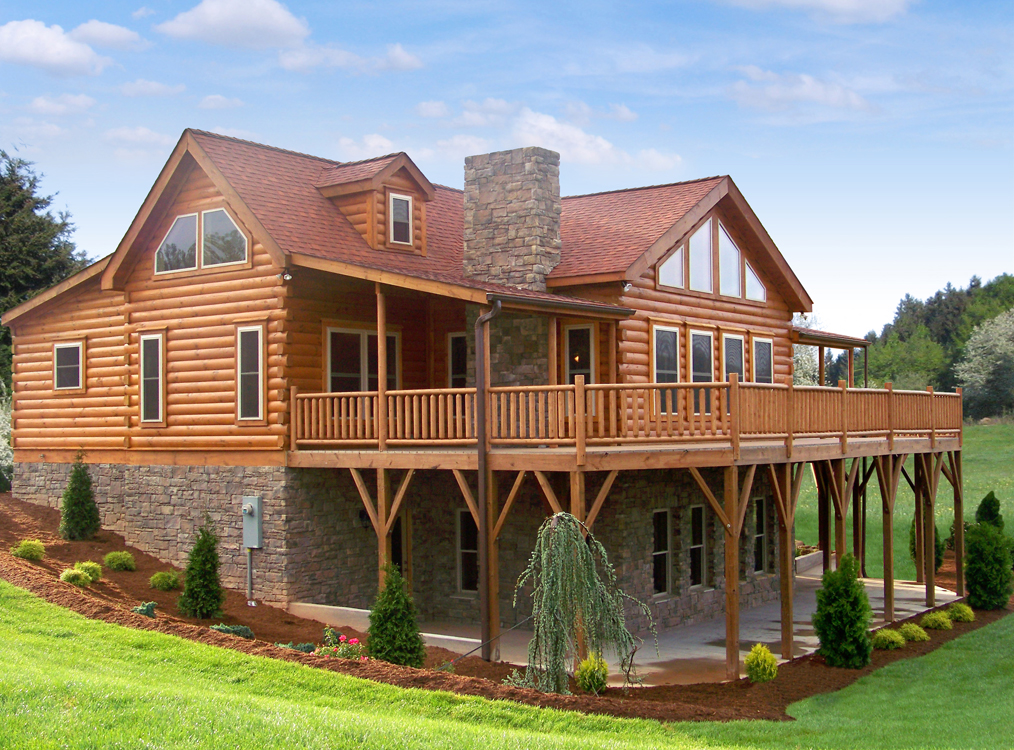 The first question we need answered is the stain for outside or inside? Perma-Chink Systems offers both exterior and interior stains. We'll cover exterior finishes here, as the original question is predominately referring to exterior finishes. If you're looking for guidance on choosing interior finishes, read our article on interior finishes here.
The first question we need answered is the stain for outside or inside? Perma-Chink Systems offers both exterior and interior stains. We'll cover exterior finishes here, as the original question is predominately referring to exterior finishes. If you're looking for guidance on choosing interior finishes, read our article on interior finishes here.
Are you looking for a film-forming finish or something more like an oil-based stain? If you're looking for film-forming finishes, our Lifeline family has multiple options that have you covered. Our newest addition Log & Timber Defense is like penetrating oil-based finishes, but forms a lattice-like coating to protect the logs and offers excellent protection.
The next question is do you want a log stain that is one-coat or two-coat application? For one coat applications, Lifeline Ultra-7 is your best option. Available in nine colors, Ultra-7 is the premier finish for log and timber homes. Lifeline Ultra-2, Lifeline Exterior, and Lifeline Accents all benefit from a two-coat application. Additionally, Lifeline Advance topcoat will ensure your stain lasts the test of time.
Colors have the ability to evoke emotions and change our attitudes. They can inspire and motivate us to try something new and bold. They can alter our moods and appetites; even make a room feel small and cramped, or large and spacious.

If you plan to redecorate a few rooms this year, the right color choices can make all the difference in the feeling you’re trying to achieve. Better yet, it’s one of the simplest and most affordable decor changes you can make. Not sure which colors to choose? Here is one of the best color palette for home interiors, according to the Pantone Color Institute:
Homeowners ask this question a lot, to make sure the home looks like how they imagine. The answer to this question depends mainly on which sealant is used and how you want your home to look.
Sealant Choice
If you’re using Perma-Chink chinking, we recommend staining your home first with a Lifeline stain of your choice, then seal the log gaps with Perma-Chink, and finish with Lifeline Advance Topcoat. The application of Advance will make the home easier to clean (recommended two times per year with Log Wash).
Perma-Chink was designed to eliminate the undesirable results often obtained by using older less successful methods of wood slabs, mud, and cement types of chinking, as basically they did not work well over the long haul. So it became a constant worry or job to re-chink or repair the failing products. Most of the products used did not have any degree of flexibility or they did not adhere to wood that well. The results were cracking cement caused by the stress of the logs shifting or shrinking. The resulting failure often allowed separation between the chinking and the log surface allowing water intrusion, and possibly early wood decay.
So as for a particular type of home, yes Perma-Chink is designed for any home that incorporates a specific joint design where it could be employed. For example; the large timber square logs that use a dovetail system as seen throughout the Eastern United States, as well as the large handcrafted round logs from the Western part of the United States. These homes were designed to be chinked from the start.